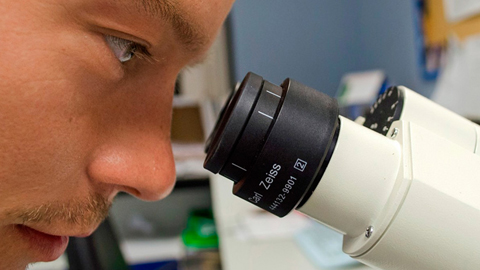The IUNE Observatory presents the 2022 report on the research activity of the Spanish university, according to which the number of scientific publications has almost doubled in this period, going from 55,099 in 2011 to 93,502 in 2020 (according to the database Web of Science). Almost 95% of this production corresponds to public universities.

This report by the IUNE Observatory, coordinated by the INAECU Institute (UAM-UC3M), monitors the SUE's R+D+i, through 42 indicators based on seven major dimensions: scientific activity, analysis by areas of knowledge, educational capacity, competitiveness, funding, innovation and teaching staff. This Observatory belongs to the Alianza 4 Universidades (Alliance 4 Universities) (A4U), formed by the Universidad Autónoma de Barcelona (UAB), Universidad Autónoma de Madrid, (UAM), Universidad Carlos III de Madrid (UC3M) and Universidad Pompeu Fabra (UPF).
In the dimension of scientific activity, the report reviews the SUE's scientific production increase over the last decade. According to the records in the Web of Science (Wos) database, the number of scientific publications has almost doubled in this period, going from 55,099 in 2011 to 93,502 in 2020. Almost 95% of this production corresponds to public universities.
Regarding productivity in research, the report notes that it has increased during the period studied. Regarding scientific collaboration data, approximately half of the publications are carried out with international co-authors, while almost a third of the publications are carried out in national collaborations. The SUE's impact and visibility, measured respectively in the number of annual citations and publications in first-quartile journals, have grown throughout the period studied.
Staffing costs in public universities are growing at an average annual rate of 1.7%. This expenditure was practically stagnant at around 6 billion euros per year throughout the crisis and subsequent years.
The analysis of competitiveness, through the attraction of resources, shows that it is decreasing in national projects, while it is increasing in European projects. In other words, researchers are increasingly turning to international research funding formulas.
New in this year's edition is information on open access publications, which has almost doubled over the period analysed, reaching 59% in 2020. Another new feature is the incorporation of indicators of emerging scientific production (that generated in regional areas and new scientific fields which have gained importance in recent years) included in the ESCI index (Emerging Sources Citation Index), which mainly includes Arts, Humanities and Social Sciences publications. Since 2011, emerging scientific production has almost doubled, with public universities responsible for 97%.
The IUNE Observatory is supported by the (Spanish) Ministry of Universities, as well as a large number of institutions, such as the (Spanish) National Quality Assessment and Accreditation Agency (ANECA, in its Spanish acronym), the Spanish University Presidents' Conference (CRUE, in its Spanish acronym), the Centre for Industrial Technological Development (CDTI, in its Spanish acronym), the Catalan University System Quality Agency (AQU Catalunya, in its Spanish acronym) and the Basque University System Quality Agency (Unibasq, in its Spanish acronym).






